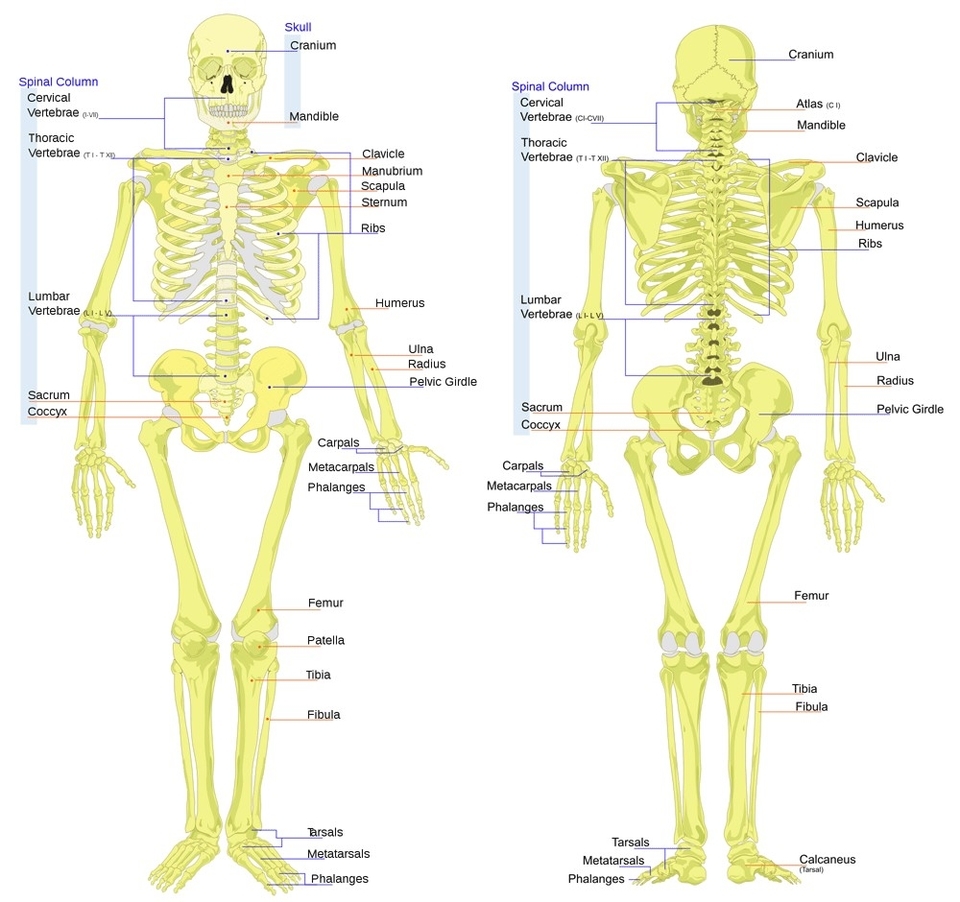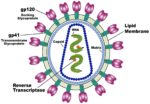Human Skeleton: An Examination of Its Structure and Representation
The human skeleton, an intricate and complex structure, serves as the body’s internal framework. Comprising 206 individual bones, it is divided into two main parts: the axial skeleton and the appendicular skeleton.
Axial Skeleton
The axial skeleton forms the “axis” that runs down the center of the body. It consists of 80 bones, including the skull, vertebral column (spine), and thorax.
1. Skull: The skull, made up of cranial and facial bones, protects the brain and forms the facial structure. It includes the frontal, parietal, occipital, temporal, sphenoid, and ethmoid bones.
2. Vertebral Column: The vertebral column protects the spinal cord, supports the head, and allows bodily movement. It comprises the sacrum, coccyx, and 24 vertebrae, including cervical, thoracic, and lumbar vertebrae.
3. Thorax: The thorax contains the sternum (breastbone) and the thoracic (rib) cage.
Appendicular Skeleton
The appendicular skeleton includes the bones that make up the appendagesarms and legsand the bones that attach the limbs to the axial skeleton.
Functions of the Skeleton
The functions of the skeleton are threefold: support, protection, and motion.
1. Support: The skeleton provides the main support for the body. The vertebral column, for instance, is the main support of the trunk.
2. Protection: The skeleton protects vital organs. For example, the skull protects the brain, and the vertebral column protects the spinal cord.
3. Motion: The skeleton, in conjunction with the muscular system, facilitates body movement.
Representation of the Skeleton
The representation of the human skeleton in diagrams and models provides a visual understanding of its structure. These representations often label the major bones and indicate the connections between them, offering a comprehensive view of the skeletal system.
Conditions Affecting the Skeleton
Various conditions can affect the skeletal system, impacting its function and structure. These include osteoporosis, arthritis, and fractures, among others. Medical imaging techniques, such as X-rays and MRIs, are often used to diagnose these conditions.
Conclusion
The human skeleton, a marvel of biological engineering, plays a crucial role in our daily lives. Its intricate structure and functions underscore its importance in supporting, protecting, and enabling movement in the human body. The study and representation of the skeleton not only enhance our understanding of human anatomy but also aid in the diagnosis and treatment of various medical conditions..



